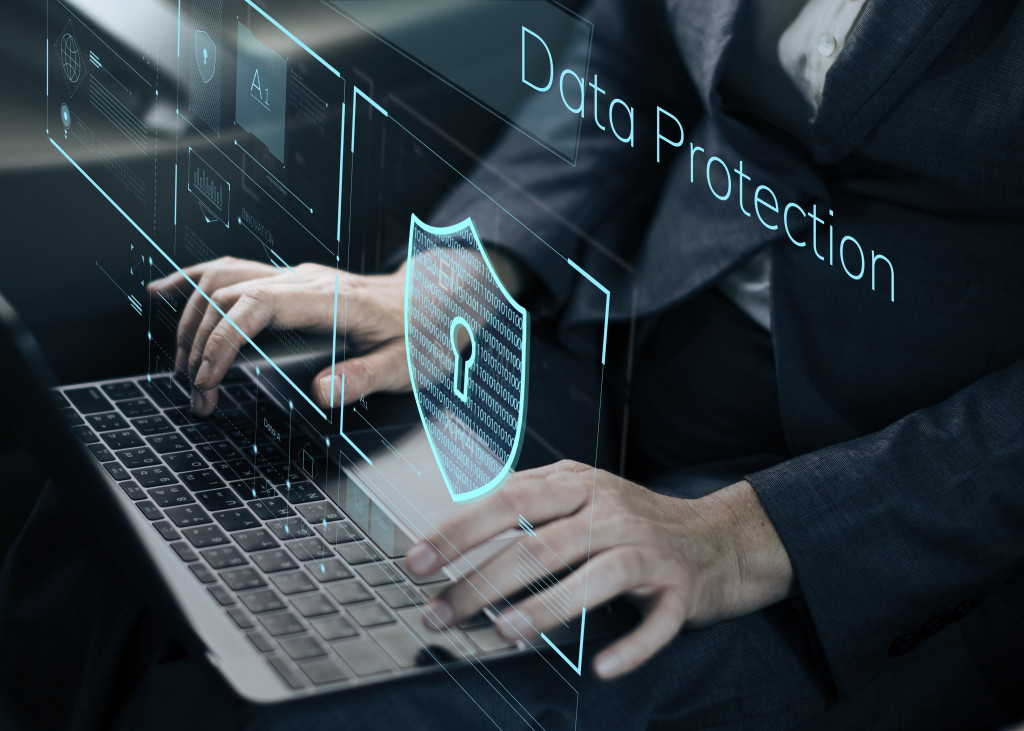Introduction
In the past few years, technology has been evolving at an accelerated pace. Ever since the start of the COVID-19 pandemic, many businesses are now transitioning to digital platforms. But even before the public health crisis, many industries have already seen the importance of maintaining a constant online presence.
How businesses gather their data and information are critical ways to develop effective strategies. But there are also many hackers and ransomware trying to earn by acquiring sensitive data and information. This is where cyber security comes in handy. But other than mitigating damage from cyberattacks, prevention is one of the most important ways of preventing sensitive data from falling into the wrong hands.
So what are some key ways of preventing cyber-attacks? How do you ensure that the risk of malware and data breaches is kept at a minimum? Here are some tried and tested strategies that can help prevent potential cyber-attacks.
Identifying Weaknesses in the System
First and foremost, one of the most critical ways to prevent cyber-attacks on your business’s information system is by identifying any vulnerable points. The first thing that many hackers will do is look for vulnerabilities in the system since this can become an avenue of approach if they plan on penetrating the system to get to the information.
So what’s a great way of ensuring that your system’s weak points are addressed? Professional help is the best way of strengthening your system’s cyber security. Fortunately, you won’t have to look far since a reliable penetration testing company is well-versed in identifying potential avenues that hackers and malware could use. Not only will this mitigate any risk of data breaches, but this can outright prevent cyberattacks from occurring.
Training and Educating Your Staff
Probably one of the most vital preventive measures that can help keep your network infrastructure as secure as possible is by educating your staff with proper digital hygiene. Basically, this is building a habit of keeping your data and files secure. Although many employers and businesses want to give their employees the freedom to access files and information when needed, there’s still a chance that employees could leave weak points in the system that can become avenues for cyberattacks.
That said, properly educating your staff by thinking first right before clicking on links and looking at any tell-tale signs of system changes are just ways that can maximize employees’ awareness. Staying alert and being responsive is key to better cybersecurity.

Consistent Updates Are the Key to Success
Another preventive measure that’s often overlooked but still one of the most effective ways of preventing cyber-attacks is by making consistent updates to your operating system. Many workers and employers won’t update their systems since this will usually take minutes to hours, leading to a plummet in productivity. But even though this might lead to servers and workstations being down for a few hours, it’s still a necessity when this has a considerable impact on your network’s security.
Most updates, especially for operating systems and anti-virus software, are crucial to protecting your systems since they require much-needed information to counter malware. A few hours of system downtime for updates is better than having to spend millions of dollars on retrieving files and breaking the public’s trust.
Managing Who Has Access to Your Systems
Lastly, one of the most crucial parts of preventing cyber-attacks is compartmentalizing who has access to different types of data and information. Not only does this help prevent cyberattacks, but this can give a more sensible hierarchy for accessibility, which can help categorize access to different parts of your system.
The last thing that employees want is having to spend hours going through hoops of unnecessary security checks to gain access to much-needed data and information. Focusing on what should be restricted and who should be given access to a particular part of the system can cut down on time and energy needed in accessing files.
For instance, HR personnel should have access to payroll and HR management systems, while workers in the operations department will have access to a system designed explicitly for producing results. In addition to mitigating risks of data breaches, this can also reduce any potential damage since attacks are compartmentalized to only a particular aspect of the system.
Conclusion
There are various ways to prevent cyberattacks and potential data leaks right before they can become a significant problem. Information and critical customer data are invaluable assets that businesses and organizations can use for making timely decisions and strategies. However, many entities will also use personal data and customer information towards their ends. That said, prevention is better than spending time, energy, and millions worth of dollars in retrieving lost data and information. If a part of your system is not protected or you’re not quite sure how to protect it, getting professional help is your best bet in keeping your network infrastructure in good condition.

















